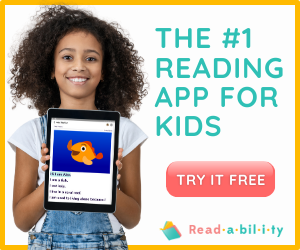Tips for a great 3-part introduction:
1. This is Eric and I am the director at LEI.
2. I organized the class this evening.
3. And thanks for joining me.
Keep the introduction simple, but it must be perfect. Simple and perfect is good. Complex and full of mistakes is bad.
If you could choose how much time to study, how much would it be?
Second Conditional
(If + simple past tense + compliment, would + subject + base verb)
Do you want to learn something new but you can’t find the time? Well, if you have just ten minutes to spare each day, then you can try micro-learning. In micro-learning, material is broken down into small, bite-sized pieces of information.
Where do you get this information? You can watch short videos on the topic you want to study. (The Web site Ted-Ed has educational videos on a variety of subjects – most less than fifteen minutes long.) You can go over photos or infographics. You can listen to short podcasts, read text messages, social media posts, and play certain games – as long as they take up to 10 or 15 minutes to do. With smartphones, tablets or other portable devices, micro-learning can take place anytime and anywhere.
If you’re a teacher using micro-learning, you can have students watch short videos on the topic they’re studying. Then, create an interactive quiz for them to take. Or maybe you’re a salesperson with a new product to sell. Pick up tips about the product from a brief online presentation. Then, record yourself explaining the product to a fictional customer.
During micro-learning’s short sessions, learners focus on mastering one specific topic or skill. Once they master it, they can move on to the next session. Micro-learning works well for people who have a busy schedule. It’s also helpful for children in online classrooms, where it’s difficult to sit for long periods of time doing a task, and similarly for people with attention deficit disorder, who also can’t sit for long.
According to some researchers, learning in short bursts can help your memory. Researchers at Germany’s Dresden University of Technology found that learners in «micro» courses remember 20 percent more information than in longer, traditional course formats.
But not every learner or subject is a good fit for micro-learning. While micro-learning can help doctors memorize new terminology, it’s not useful for in-depth medical training. Also, to do micro-learning you need to feel comfortable using technology. Micro-learning also requires self-motivation. So learners who don’t fall into these categories may find it challenging.
If micro-learning sounds good to you, find a style that works you. Then take a break for a bite of learning!
Phrasal Verbs to Learn
To take up
To break down
To move on
To go over
To pick up
e-books
Microlearning in the Digital Age explores the design and implementation of bite-sized learning and training in technology-enabled environments. Grounded in research-based best practices and a robust, eight-dimensional framework, this book applies the latest developments in mobile learning, social media, and instructional/multimedia design to one of today’s most innovative and accessible content delivery systems. Featuring experts from higher education, information technology, digital gaming, corporate, and other contexts, this comprehensive guide will prepare graduate students, researchers, and professionals of instructional design, e-learning, and distance education to develop engaging, cost-effective microlearning systems.
Follow us on social media.
Need help with Word, Excel or Powerpoint?
I Love Books
Click above to find ebooks, audio books and of course print books. We partner with top companies as an affiliate to bring you the best materials.
Let us save you time.
Free Evaluations
Excellent services. Impartial results.
Contact us for free evaluations and testing services. Risk free. Quality guaranteed.


